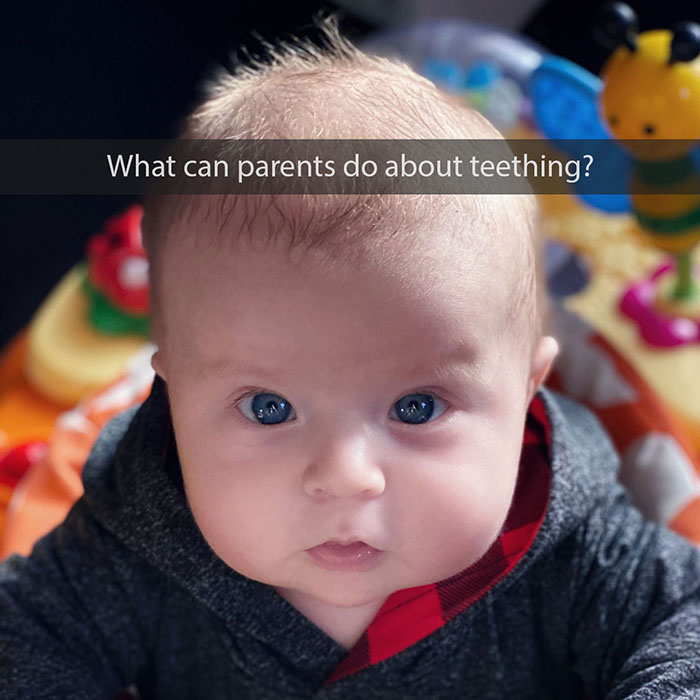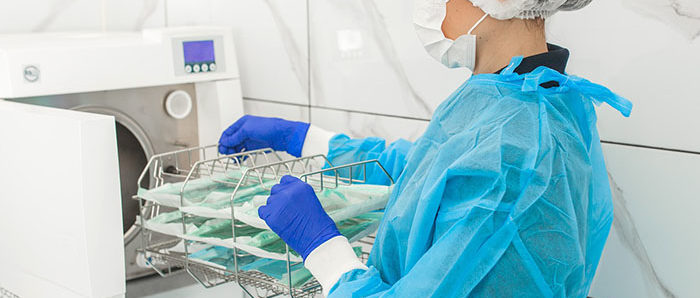
DAILY BRUSHING AND flossing are essential to keep a growing child’s smile healthy, but we already know that. We hopefully also know how important it is to set regular dental appointments. Cutting back on sugar intake and limiting it to mealtimes instead of little snacks throughout the day is another important way to reduce the risk of tooth decay.
These aren’t the only things that go into a healthy smile, however. Certain vitamins and minerals help build and protect them.
Important Vitamins for Oral Health
Saliva is the first line of defense our teeth and gum have against tooth decay and gum disease, and vitamin A keeps the saliva flowing. We can get it from foods like melon, sweet potatoes, beef liver, and spinach.
One powerful antioxidant that helps our bodies fight inflammation and heal is vitamin C. Not getting enough can mean gums that are more prone to bleeding and looser teeth, including for kids. Citrus fruits are great sources of vitamin C, but they’re also acidic, so it’s a good idea to rinse with some water after eating an orange!
Vitamin D is what ensures that we can make good use of the other vitamins and minerals we consume. Vitamin D signals our intestines to absorb them into the bloodstream. Getting enough of it will lead to stronger, denser bones, and we can get it in our diet by eating fish, eggs, and dairy products.
Vitamins B2, B3, and B12 are important for oral health too. They all reduce the risk of oral canker sores, and B3 also helps us convert our food into energy. Good sources of B3 are fish and chicken, there’s plenty of B12 in pasta, bagels, almonds, and spinach, and B2 sources include red meat, chicken, fish, liver, and dairy products.
The Minerals Our Teeth Are Made Of
It’s common knowledge that calcium builds strong teeth and bones and that we can get plenty of calcium from dairy products, but magnesium, zinc, and iron are also important minerals for our oral health. Magnesium helps the body to absorb calcium, and we can get it from leafy greens, beans, nuts, seeds, and whole grains.
Iron helps to maintain the oxygen levels in our cells. Having an iron deficiency results in problems like increased risk of infections, mouth sores, inflammation of the tongue, and more buildup of oral bacteria. We can get iron from red meat and liver.
Finally, zinc makes it harder for plaque to build up along the gum line, making it easier to fight oral bacteria. Foods like wheat, cereal, cheese, wild rice, and beef contain zinc. Cheese is particularly good because it also contains casein, which helps keep our tooth enamel strong.
What about calcium sources for those who can’t eat dairy products?
Building and Keeping Lifelong Healthy Smiles
If your child hasn’t been getting each of these nutrients for building a strong, healthy smile, we recommend incorporating more of the foods we mentioned into their diets. Sometimes allergies or food intolerances can make this tricky, so the pediatrician may be able to recommend multivitamins and supplements. Whatever your situation, don’t forget the brushing and flossing!
We’re looking forward to seeing those growing smiles again!
Top image used under CC0 Public Domain license. Image cropped and modified from original.
The content on this blog is not intended to be a substitute for professional medical advice, diagnosis, or treatment. Always seek the advice of qualified health providers with questions you may have regarding medical conditions.
















